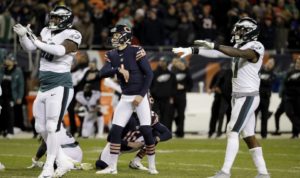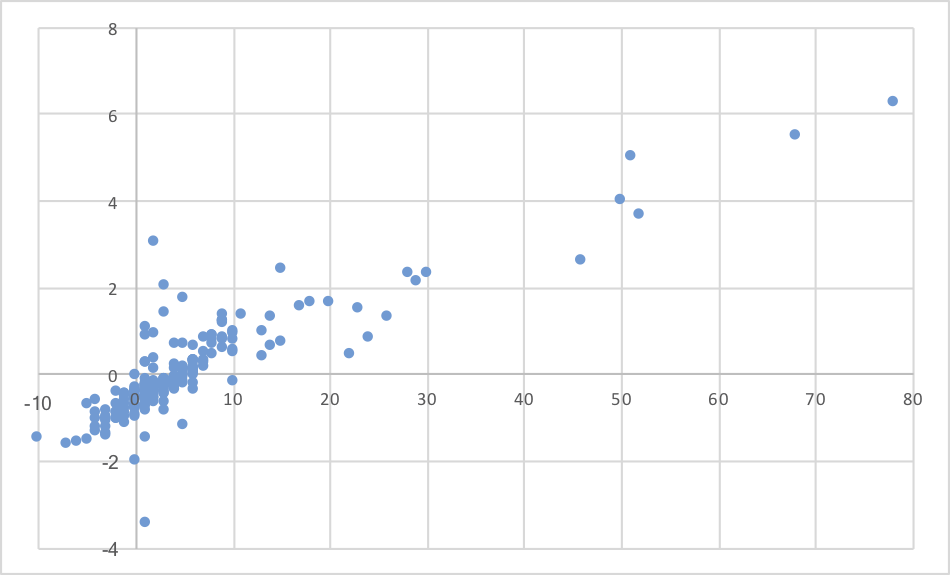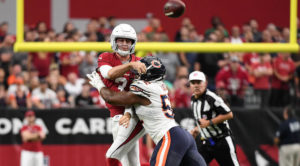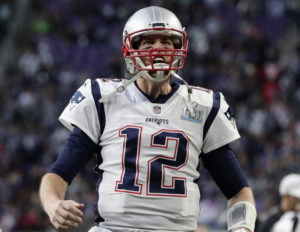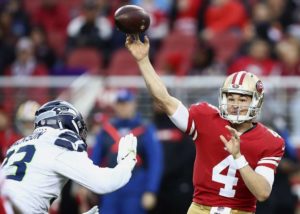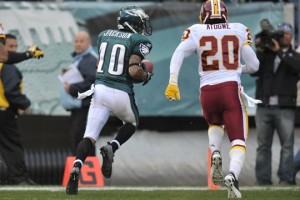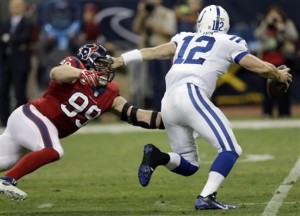
The matchup of the game.
For the third time this season, the Colts and Texans will be sharing the same field. This is the rubber match: Houston won in Indianapolis in September
37-34, while the Colts won in Houston in December,
24-21. This is also just the third matchup — hopefully of many — between
Deshaun Watson and
Andrew Luck. So who has the advantage?
Houston Pass Offense vs. Indianapolis Pass Defense
The Texans have a good passing offense, with DeAndre Hopkins once again playing at an All-Pro level. Hopkins was responsible for 38% of all Texans receiving yards and averaged 3.1 yards per Houston pass attempt (excluding sacks); both of those figures easily led the league. By way of comparison, Julio Jones and Michael Thomas ranked 2nd and 3rd in those categories: both averaged 2.7 yards per team pass attempt and accounted for 34% of their team’s receiving yards.
Houston has two weaknesses in the passing game: the lack of a complement to Hopkins, and the enormous amount of sacks that Watson takes. The Texans were sacked 62 times and were sacked on 10.9% of all pass plays; both were the worst figures in the NFL. The Colts defense is pretty average in terms of both pass rush and pass defense. The Texans have the edge here, although it is not enormous.
Slight edge: Houston
Houston Rush Offense vs. Indianapolis Rush Defense
The Texans have a pretty weird running game: they run a lot but not necessarily that well. Houston ranked 4th in rushing attempts this year, but in terms of efficiency, finished 27th, and even that is inflated a bit by Watson. Meanwhile, the Colts have a very good run defense: Indianapolis ranks 4th in rush defense efficiency and 8th in yards allowed.
Key stat: Texans running backs had 47 carries for just 134 yards and 7 first downs in two games against Indianapolis this year; Houston would be wise to lean heavily on Watson today.
Big edge: Indianapolis
Indianapolis Pass Offense vs. Houston Pass Defense
Andrew Luck had a unique year: he was remarkable at avoiding sacks (2.7% sack rate, best in the NFL) but also averaged just 10.7 yards per completion, the fewest of his career. It was a more conservative version of Luck than we’ve seen in years past, although he still will throw more interceptions than your average top tier quarterback. On the plus side, Luck was outstanding as a passer on third down, which has been a key to the Colts great season. Indianapolis ranks as the 10th best passing offense, while Houston ranks as the 12th-best passing defense. This is likely where the game will be decided: J.J. Watt, Jadeveon Clowney, and Whitney Mercilus against the 3rd best offensive line this year (per Pro Football Focus).
Edge: Even
Indianapolis Rush Offense vs. Houston Rush Defense
The Colts have an average rushing attack, so let’s get to the key story: Houston has the best run defense in the NFL. And that was true in the Colts games, too: Indianapolis running backs had 31 carries for just 64 yards and 5 first downs. It would be surprising if Luck finishes with under 40 pass attempts today.
Big Edge: Houston
Special Teams/Coaching
Both of these teams have good special teams, although Houston’s is better. The coaching matchup is tough to grade here, too. Frank Reich is a first year head coach, while Bill O’Brien has a 1-2 playoff record. I would give O’Brien the slight edge due to experience and the home field.
Slight Edge: Houston
Both Watson and Luck are high variance quarterbacks: at their best, they can be MVP-caliber players. But my concern for the Colts is that they are unlikely to get anything going on the ground, and will force Luck to do too much. On the road against a talented Texans team, it will take an A game from Luck to win.
Prediction: Houston 24, Indianapolis 14
Team Ratings


